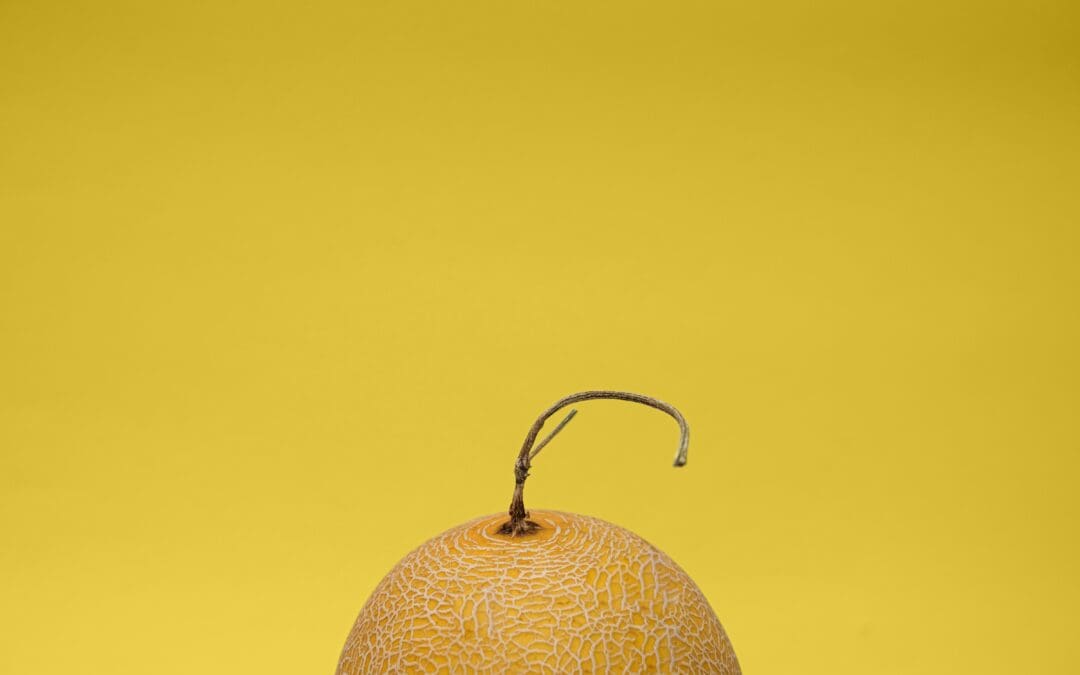Full Title – Effects of X-ray treatments on pathogenic bacteria, inherent microflora, color, and firmness on whole cantaloupe.
Mahmoud BS.
Source
Coastal Research & Extension Center, Mississippi State University, Pascagoula, MS 39567, United States. bm547@msstate.edu
Abstract
Inactivation of inoculated Escherichia coli O157:H7, Listeria monocytogenes, Salmonella enterica and Shigella flexneri on whole cantaloupes using X-ray at different doses (0.1, 0.5, 1.0, 1.5, and 2.0 kGy) was studied. The effect of X-ray on quality parameters (color and texture) of untreated and treated whole cantaloupes was instrumentally determined. The effect of X-ray on microflora counts (mesophilic counts, psychrotrophic counts and yeast and mold counts) of untreated and treated whole cantaloupes was also determined during storage at 22°C for 20 days. A mixture of three strains of each tested organism was spot inoculated (100 μl), separately, onto the surface (5 cm(2)) of cantaloupe rinds (approximately 8-9 log CFU ml(-1)) separately, air dried (60 min), and then treated with X-ray at 22°C and 55% relative humidity. Surviving bacterial populations on cantaloupe surfaces were evaluated using a nonselective medium (tryptic soy agar) with a selective medium overlay for each bacterium; E. coli O157:H7 (CT-SMAC agar), L. monocytogenes (MOA), and S. enterica and S. flexneri (XLD). More than a 5 log CFU reduction was achieved after treatment with 2.0 kGy X-ray, for all tested pathogens. No significant effect of X-ray treatment on cantaloupe color or firmness was detected. Furthermore, treatment with X-ray significantly reduced the initial inherent microflora on whole cantaloupes and inherent levels were significantly (p<0.05) lower than the control sample throughout storage for 20 days.

